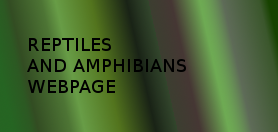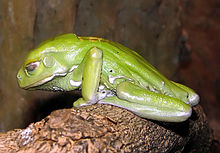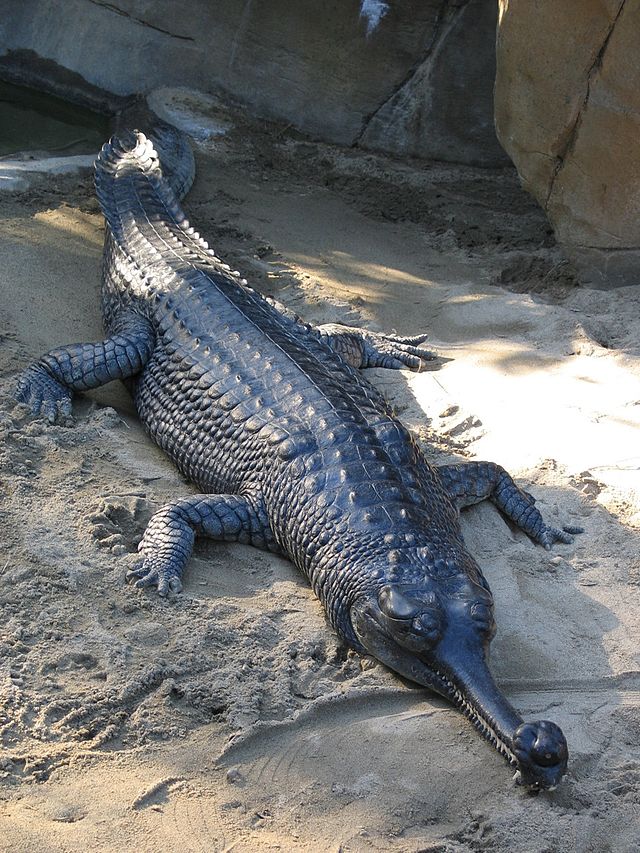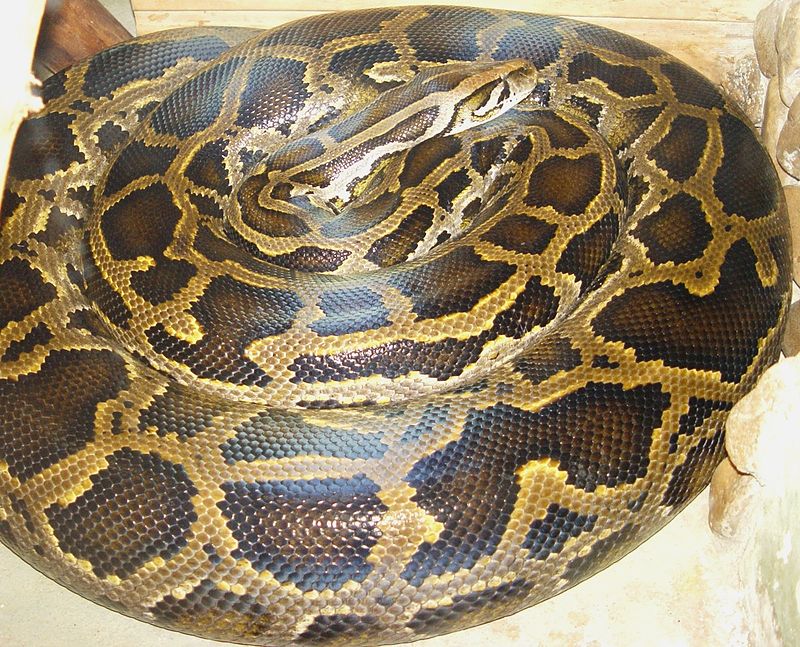

Red Eyed Tree Frog insert from Wikipedia
The red-eyed tree frog (Agalychnis callidryas) is an arboreal hylid native to Neotropical rainforests in Central America.
As its name suggests, the red-eyed tree frog has red eyes with vertically narrowed pupils. It has a vibrant green body with yellow and blue vertically striped sides. Its webbed feet and toes are orange or red. The skin on the red-eyed tree frog's stomach is soft and fragile skin, whereas the back is thicker and rougher.
The red-eyed tree frog has three eyelids, and sticky pads on its toes. Phyllomedusid tree frogs are arboreal animals, meaning they spend a majority of their lives in trees; they are excellent jumpers.
Red-eyed tree frogs are not poisonous and rely on camouflage to protect themselves. During the day, they remain motionless, cover their blue sides with their back legs, tuck their bright feet under their stomachs, and shut their red eyes. Thus, they appear almost completely green, and well hidden among the foliage.
Red Eyed Tree Frog , by Gavriel CambridgeRed Eyed Tree Frog

WAXY MONKEY FROG
Waxy Monkey Frog insert from Wikipedia
Phyllomedusa Sauvagii, commonly known as the waxy monkey leaf frog, is a hylid frog belonging to the subfamily of South and Central American leaf frogs, Phyllomedusinae, that inhabits the Chaco (dry prairie) of Argentina, Brazil, Bolivia and Paraguay. The subfamily consists of around 50 species in three well-known genera, Phyllomedusa, Agalychnis, and Pachymedusa.[4] The vast majority of known species, including Phyllomedusa sauvagei, belong to the genus Phyllomedusa.
Phyllomedusa sauvagii has adapted to meet the demands of life in the trees. It does not need to return to the ground during the mating season; rather, it lays its eggs down the middle of a leaf before folding the leaf, sandwiching the eggs inside. Its nest is attached to a branch suspended over a stream, so the hatching tadpoles drop into the water.[5] In common with other phyllomedusines, it has physiological and behavioural adaptations to limit water loss, including reducing water loss through the skin by lipid secretions, excretion of uric acid (uricotelism), and diurnal torpor.[6] Lipid secretions are produced in a special type of cutaneous gland, and are spread over the surface of the skin by the legs in a complex sequence of wiping movements.
Males and females range from about 2 to 3 in in length, with the females usually about 25% larger than males. They move by walking rather than hopping, which is the reason for the "monkey" in their name. They are very calm, careful creatures. During the day, they bask in the sun with their legs pulled underneath them, and hunt for various insects at night.
Waxy Monkey Frog
Gharial insert from Wikipedia
The gharial (Gavialis gangeticus), also known as the gavial, and the fish-eating crocodile, is a crocodilian of the family Gavialidae, native to the Indian Subcontinent. The global gharial population is estimated at less than 235 individuals, which are threatened by loss of riverine habitat, depletion of fish resources and use of fishing nets. As the population has declined drastically in the past 70 years, the gharial is listed as Critically Endangered by the IUCN>
The gharial is one of the longest of all living crocodilians, measuring up to 6.25 m (20.5 ft).[2] With 110 sharp interdigitated teeth in its long thin snout it is well adapted to catching fish, its main diet.[3] The male has a distinctive boss at the end of the snout, which resembles an earthenware pot known as ghara.
Gharials once inhabited all the major river systems of the Indian Subcontinent, from the Irrawaddy River in the east to the Indus River in the west. Their distribution is now limited to only 2% of their former range. They inhabit foremost flowing rivers with high sand banks that they use for basking and building nests. They usually mate in the cold season. The young hatch before the onset of the monsoon. The gharial is one of three crocodilians native to India, the other two being the mugger crocodile and the saltwater crocodile.
Gharial
Burmese python insert from Wikipedia
Burmese pythons are dark-colored snakes with many brown blotches bordered in black down the back. The perceived attractiveness of their skin pattern contributes to their popularity with both reptile keepers and the leather industry. The pattern is similar in colour, but different in actual pattern from the African rock python (Python sebae), sometimes resulting in confusion of the two species outside of their natural habitats. The African rock python can generally be distinguished by its tighter pattern of markings, compared to the Burmese python, which has bolder patterns, similar to those seen on a giraffe.
In the wild, Burmese pythons grow to 3.7 metres (12 ft) on average,[4][5] while specimens of more than 4 metres (13 ft) are uncommon.[8][9] In general, individuals over 5 metres are rare.[8] The record maximum length for Burmese Pythons is held by a female named “Baby”, that lived at Serpent Safari, Gurnee, Illinois, for 27 years. Shortly after death, her actual length was determined to be 5.74 metres (18 feet 10 inches). Widely published data of specimens that were reported to have been even several feet longer are not verified.[6] There are dwarf forms on Java, Bali and Sulawesi. On Bali they reach an average length of 2 metres (6.6 ft),[10] and on Sulawesi they achieve a maximum of 2.5 metres (8.2 ft).
Burmese python

The cane toad (Rhinella marina), also known as the giant neotropical toad or marine toad, is a large, terrestrial true toad which is native to Central and South America, but has been introduced to various islands throughout Oceania and the Caribbean as well as northern Australia. It is a member of the genus Rhinella but was formerly in the genus Bufo, which includes many different true toad species found throughout Central and South America. The cane toad is a prolific breeder; females lay single-clump spawns with thousands of eggs. Its reproductive success is partly because of opportunistic feeding: it has a diet, unusual among anurans, of both dead and living matter. Adults average 10–15 cm (3.9–5.9 in) in length; the largest recorded specimen weighed 2.65 kg (5.8 lb) with a length of 38 cm (15 in) from snout to vent. The cane toad is an old species. A fossil toad (specimen UCMP 41159) from the La Venta fauna of the late Miocene of Colombia is indistinguishable from modern cane toads from northern South America.[5] It was discovered in a floodplain deposit, which suggests the R. marina habitat preferences have always been for open areas.[6] The cane toad has poison glands, and the tadpoles are highly toxic to most animals if ingested. Because of its voracious appetite, the cane toad has been introduced to many regions of the Pacific and the Caribbean islands as a method of agricultural pest control. The species derives its common name from its use against the cane beetle (Dermolepida albohirtum). The cane toad is now considered a pest and an invasive species in many of its introduced regions; of particular concern is its toxic skin, which kills many animals—native predators and otherwise—when ingested Red Eyed Tree Frog , by Gavriel Cambridge
Red Eyed Tree Frog
